The future! Education!
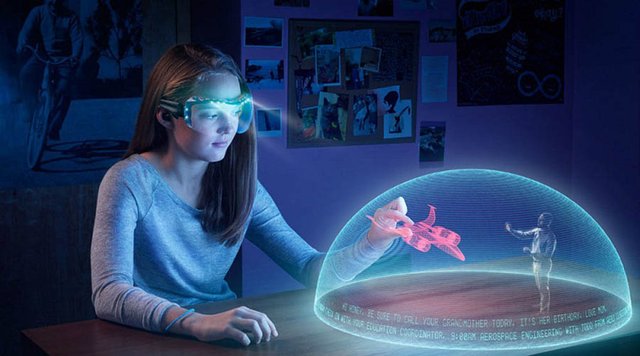
Having bought a tablet and loaded into it teachers with artificial intelligence, a person of the future will be able to not part with his private teacher. Getting higher education in 10 years will probably cease to be something special, will turn into everyday life, like the ability to read.
In November 2017, Microsoft released an educational application for learning Chinese. In it, the student answers short printed and audio messages of the bot teacher in the chat. However, Microsoft's digital teacher is not just another chatbot. The artificial intelligence embedded in its algorithm analyzes the user's answers and selects the necessary load for his training. The application interface also helps simulate a real interlocutor to a digital teacher. It is similar to the WeChat messenger, popular in Asia.
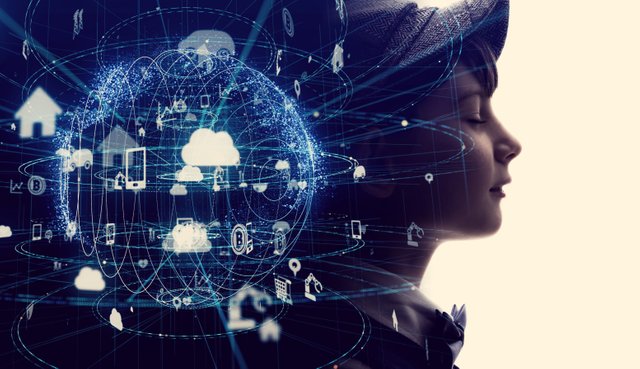
At the University of Massachusetts, students learn Spanish vocabulary through an educational game on a tablet computer with the Tega robot. Teaching not as a teacher, but rather as a peer student, he encourages students to provide tips when necessary, and even misses not interesting tasks with them.
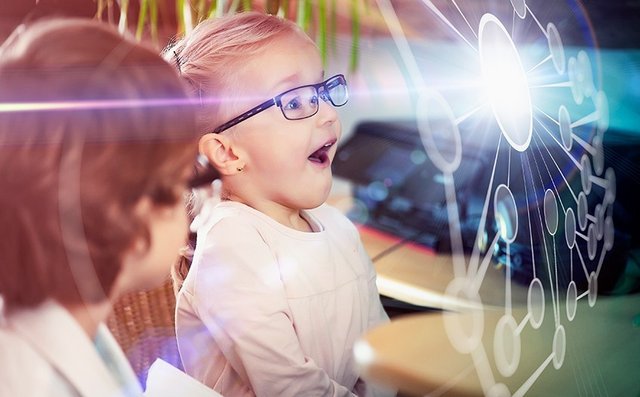
The growth of technology is gradually changing the education system - obtaining knowledge is becoming easier. In the USA, services help school students complete their homework faster. The relevance of textbooks and essays is gradually disappearing. Today, each network user can look at Wikipedia and get the necessary information from one or thousands of sources. There are no problems with the lack of information. Quite the contrary - we are observing its overabundance.
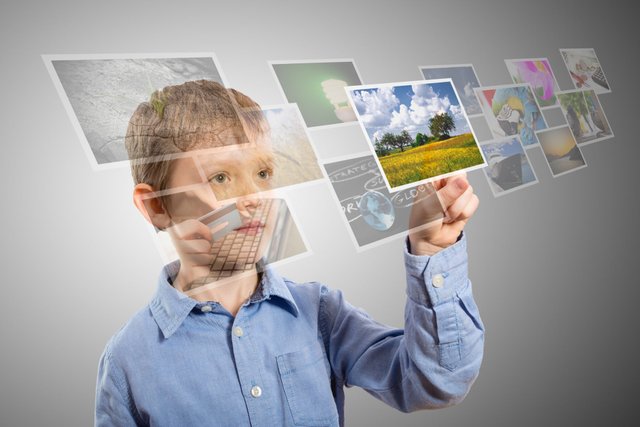
At the University of Massachusetts, students learn Spanish vocabulary through an educational game on a tablet computer with the Tega robot. Teaching not as a teacher, but rather as a peer student, he encourages students to provide tips when necessary, and even misses not interesting tasks with them.
Modern distance learning services are also changing, introducing new technologies. Duolingo uses its own bot in learning foreign languages. By asking a chatbot a question, the student quickly gets a simple answer. Despite the fact that such solutions have appeared on the market quite recently, more advanced technologies are already being developed. Under the crushing rink of artificial intelligence development, standard training chatbots can also be a thing of the past, as well as tutoring.
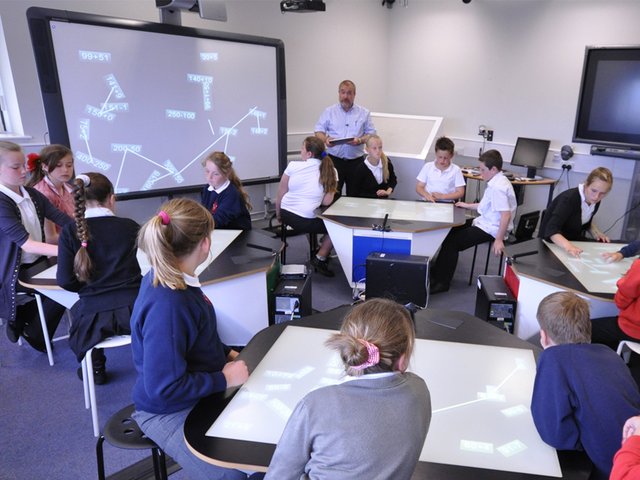
Lack of qualified teachers. In underdeveloped countries, there is a problem with a lack of decent teachers. From the 2009 PISA study, it became clear that in Brazil, one third of them barely went through high school, while in Mexico 70% did not pass the “National Teacher Test”. In such multimillion-dollar countries as China, Japan and India, there are also not so many qualified teachers. The lack of teachers there is only one aspect. Traditionally, schools and universities use a level-based approach to teaching. But students learn differently. Someone learns the material from one lesson, and someone needs to repeat the rule several times. Meanwhile, it is often difficult for teachers to identify such students and adjust the curriculum for them. The developers of the third-party math learning platform Third Space Learning have launched an algorithm that analyzes the interaction between students and the teacher from millions of lessons. They believe that artificial intelligence will be able to personalize classes so that lagging ones catch up with those who succeed.
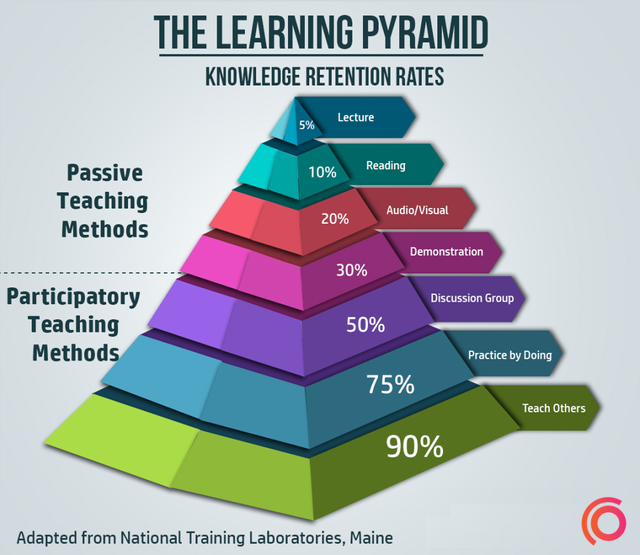
I want to dwell here in more detail, as I honestly think that many teachers do not use methods that would work much better. If I’m not mistaken back in 1970, as a result of extensive research, scientists created a pyramid of information susceptibility for students. If you pay attention, more than 50% of the information received is acquired by the student, if the teacher allows students to participate in discussions and conduct presentations. Therefore, students would memorize up to 90% of the necessary knowledge and the most important thing would be for them to be interested in these classes, since they would be fully involved in a particular lesson.
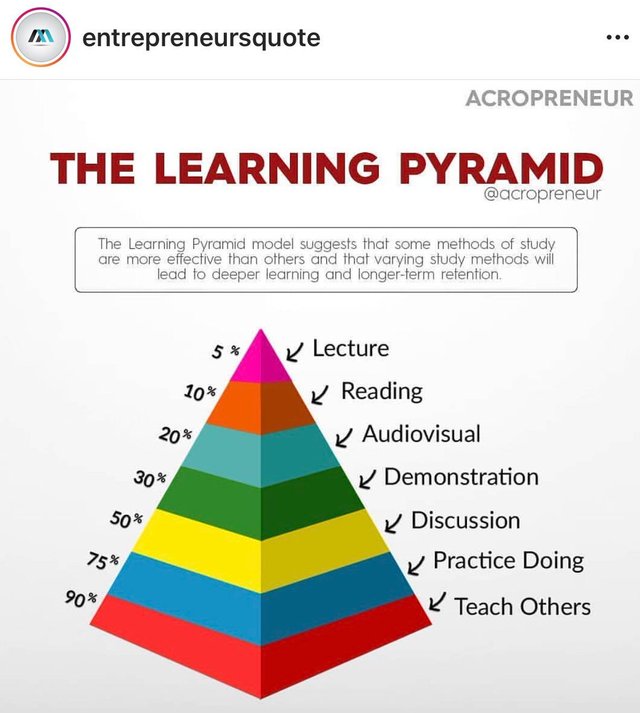
Classrooms may be partially replaced by interactive educational platforms, educational social networks, and web pages.
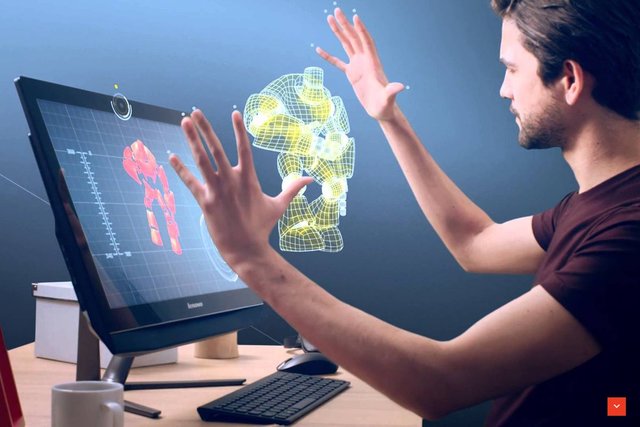
Visualization
As you know, a person receives most of the information from the visual analyzer. In other words, the student is much more important than what he sees, rather than hears. The visualization of training material in the future will reach a whole new level. Animation, graphic images, dynamic tables, graphs and charts, infographics, video materials and much more. Visual products play a fundamental role in communicating knowledge and information.
Personalization
Education and training will be more personalized and individual. Personalized, that is, tailored to the needs of the student or student platform. Individual selection of subjects based on interests and abilities. The pace of presentation will also be adapted to the perception of each student.
Gamification
In other words, this is the introduction of game elements into the educational process. An example is the introduction of a system of achievements, points, points, levels, badges. A particular advantage is instant feedback. The way you cope with the task, with the subject, you will learn not as a result of evaluation in the certificate, but immediately, as you master the material.
Another approach used by educators is not aimed at gameplay or interactivity; he emphasizes how students can learn in the process of learning to create games. The main idea in Gamestar Mechanic is to teach students basic skills in creating games (without programming difficulties) so that they can create their own games, and thereby teach them language, systems thinking, problem solving, scripting, art and more.
There will be no obsolete textbooks and monotonous lectures in the education of the future. Children will study school subjects using virtual and augmented reality technologies. For example, wearing a VR helmet, a child will be able to observe historical events and even participate in them!
.jpg)
Such training creates a "presence effect" and allows you to experience an impossible experience in the real world. Since the brain does not distinguish between real events and high-quality simulation, it is highly likely that VR and AR technologies will solve the problem of “live” communication in online education.
Technology:
In addition, gigantic opportunities for distance learning are opening up. Take a look at this tour of the Large Hadron Collider, for example. A physics teacher, Andrew Vanden Hewell from Switzerland, broadcast everything inside the LHC through Google Glass for his students over thousands of kilometers. They saw everything as he saw. The Hangout feature here is especially useful for team collaboration on projects and assignments.
3D printer
The 3D printer allows you to create a working mini-model to test the engineering design, so students can hone their skills to the smallest detail. Today, possessing CAD programs, any student can save a lot of time and money by supplementing their equipment with a 3D printer.
Flexible displays
Conducting abstracts still works, especially during lectures, but shifts from paper to laptops and tablets. As education becomes more digitized, it is safe to say that in the future paper will fade into the background. How to keep convenience?
The answer may be flexible OLED displays. Similar to plain paper, these displays will be lightweight, flexible and incredibly thin. They can be rolled up or stored in a pile.
Unlike plain paper, these plastic electronic documents are not only durable but also interactive.
My articles:
https://steemit.com/hive-175254/@dimav1246/the-future-of-social-networks-music
https://steemit.com/hive-175254/@dimav1246/the-future-of-social-networks-movie
https://steemit.com/hive-175254/@dimav1246/33xde2-the-future-of-social-networks
Hello @dimav1246
Thank you for posting within our community.
Please spare few minutes and read how project.hope is organized and learn about our economy.
That would help you understand more our goals and how are we trying to achieve them. Hopefully you will join our community and become strong part of it :)
Do you use telegram or discord? If you do then join our server and give me a shout. I would gladly share with you goals of our community and introduce to others from our team.
Consider joining our discord server: https://discord.gg/uWMJTaW
Yours,
@project.hope team,
Good afternoon, I signed up for steemit and discord!
You have been upvoted by Steem Greeters from STEEM POD Project and we are voting with the Steemit Community Curator @steemcurator03 account to support the newcomers coming into steemit and also support minnow under 500sp more details here https://steemit.com/hive-172186/@cryptokannon/support-for-existing-steemian-under-500-steem-power-level
You should join #thediarygame by @steemitblog too for easy steem reward as you just only write about your daily activities!
I hope you will enjoy your blogging journey here 😊 STEEM On!
@cryptokannon
Steem Greeters Team.